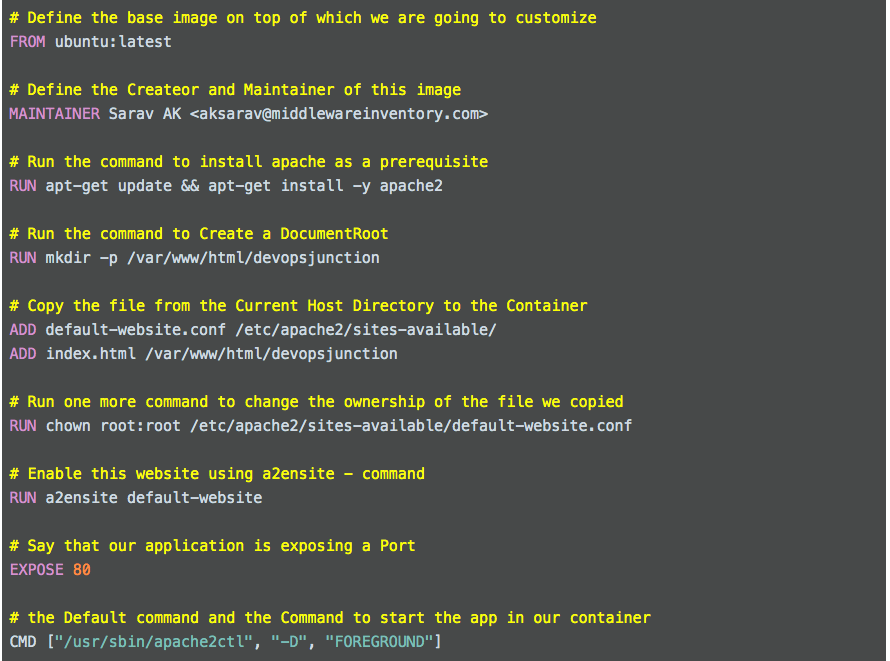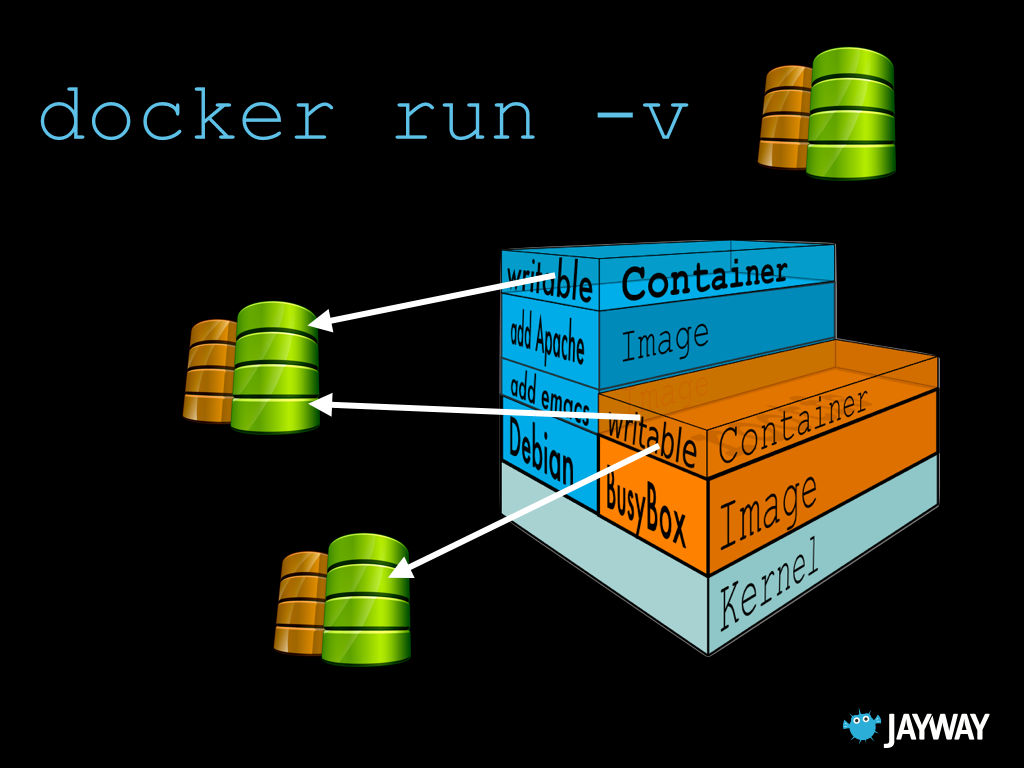
In the following example, you use the Remove-AzContainerRegistryRepository cmdlet to remove all images in the samples:nginx namespace.

Remove-AzContainerRegistryRepository removes all images in a particular namespace such as samples:nginx, while Remove-AzContainerRegistryManifest removes a specific tag or manifest. The Az.ContainerRegistry Azure PowerShell module contains multiple commands for removing images from your container instance. az acr repository delete -name myregistry -image samples/nginx:latest For example, the following command deletes the manifest referenced by the samples/nginx:latest tag, any unique layer data, and all other tags referencing the manifest. To remove images from your Azure container registry, you can use the Azure CLI command az acr repository delete. If you no longer need the Nginx image, you can delete it locally with the docker rmi command. To stop and remove the container, press Control+ C.

Use the docker run command to run the image you've pulled from your registry: docker run -it -rm -p 8080:80 /samples/nginxīrowse to to view the running container. Use the docker pull command to pull the image from your registry: docker pull /samples/nginx Now that you've tagged the image with the fully qualified path to your private registry, you can push it to the registry with docker push: docker push /samples/nginx docker tag /oss/nginx/nginx:1.15.5-alpine /samples/nginxįor more information about tagging with namespaces, see the Repository namespaces section of Best practices for Azure Container Registry. This example specifies the samples namespace to avoid clutter in the root of the registry. Use docker tag to create an alias of the image with the fully qualified path to your registry. You should see a page similar to the following:īecause you started the container interactively with -it, you can see the Nginx server's output on the command line after navigating to it in your browser. docker run -it -rm -p 8080:80 /oss/nginx/nginx:1.15.5-alpineīrowse to to view the default web page served by Nginx in the running container. The -rm argument specifies that the container should be removed when you stop it. docker pull /oss/nginx/nginx:1.15.5-alpineĮxecute the following docker run command to start a local instance of the Nginx container interactively ( -it) on port 8080. This example pulls an image from Microsoft Container Registry. Pull a public Nginx imageįirst, pull a public Nginx image to your local computer.


In the examples in this article, the fully qualified name is. For best practices to manage login credentials, see the docker login command reference: docker login īoth commands return Login Succeeded once completed.Īlways specify the fully qualified registry name (all lowercase) when you use docker login and when you tag images for pushing to your registry.
#DOCKER RUN IMAGE TO CONTAINER PASSWORD#
When you run the following command, interactively provide the service principal appID (username) and password when prompted. For example, you might have assigned a service principal to your registry for an automation scenario. For example, to log in to a registry named myregistry, log into Azure and then authenticate to your registry: Connect-AzAccountĬonnect-AzContainerRegistry -Name myregistry The recommended method when working in PowerShell is with the Azure PowerShell cmdlet Connect-AzContainerRegistry. For example, to log in to a registry named myregistry, log into the Azure CLI and then authenticate to your registry: az login The recommended method when working in a command line is with the Azure CLI command az acr login.


 0 kommentar(er)
0 kommentar(er)
